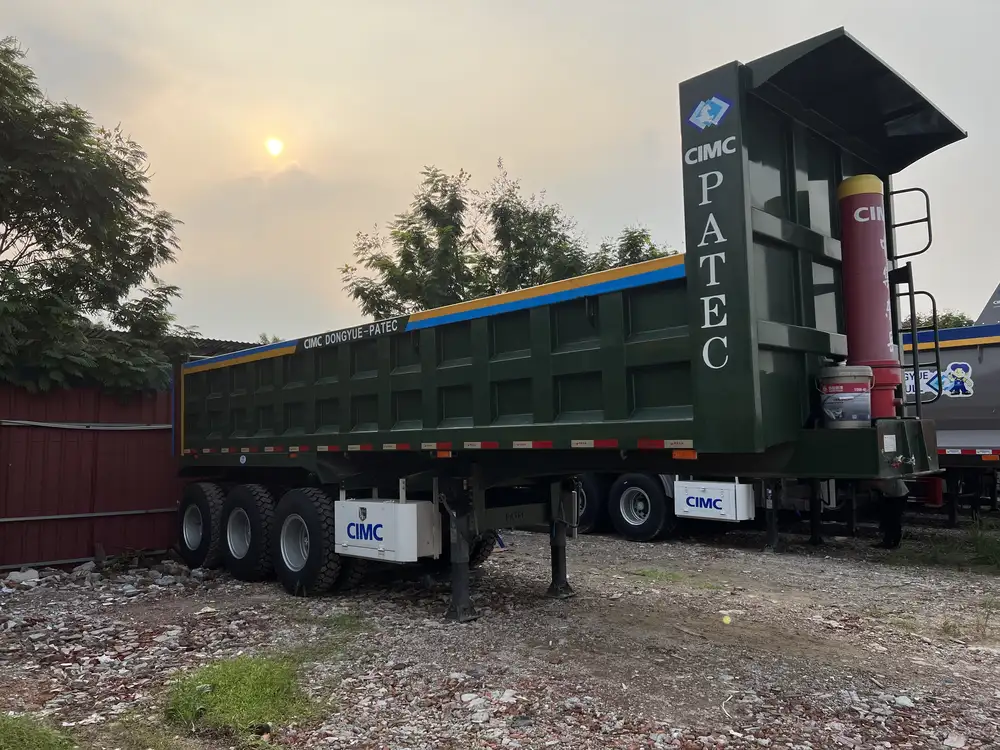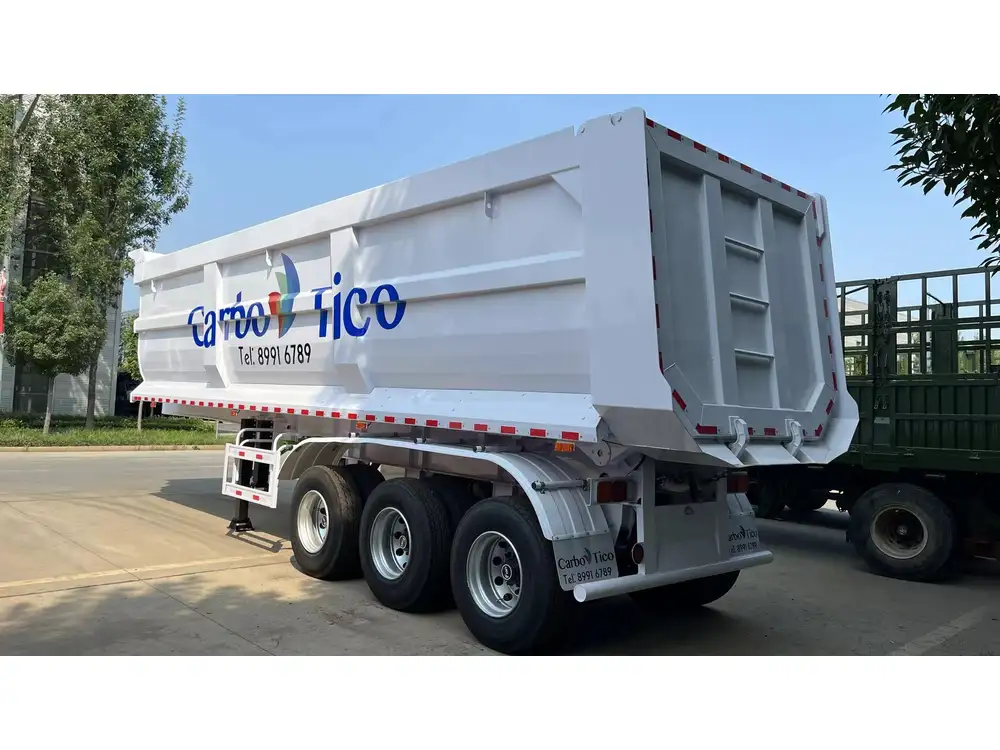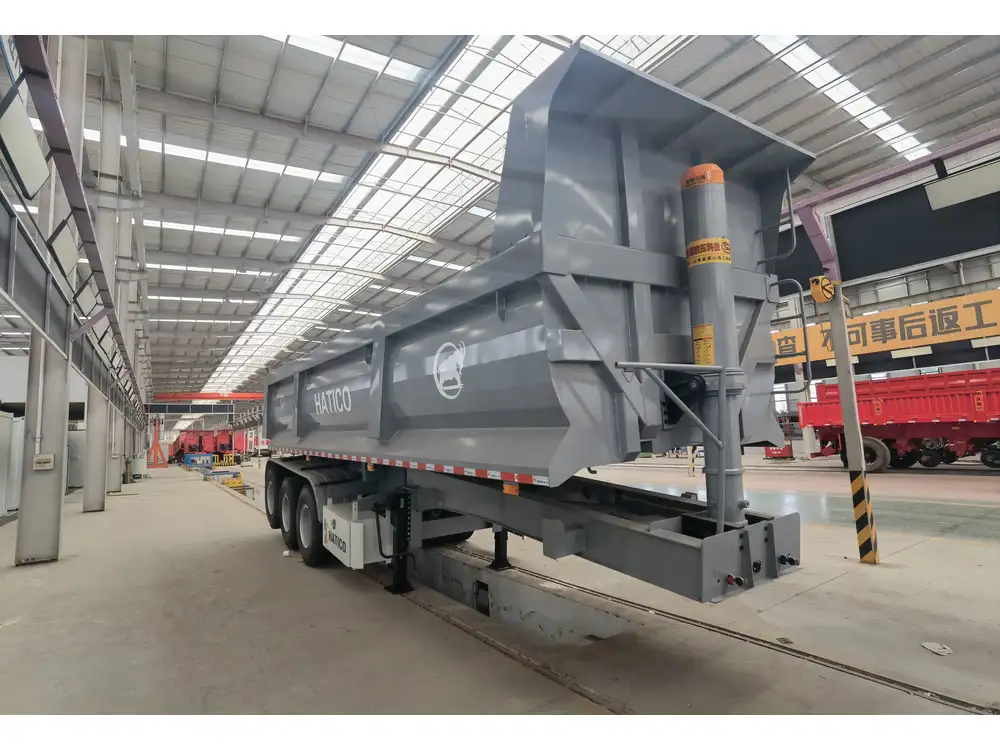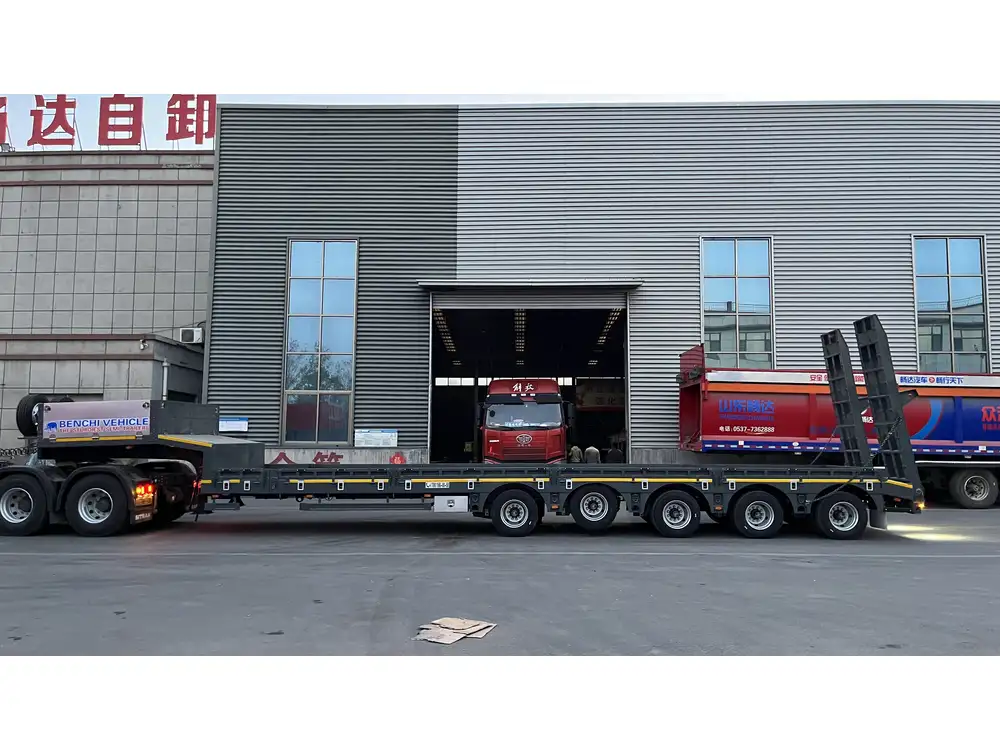Plywood flooring in semi truck trailers is an essential consideration, providing strength, durability, and a stable platform for transporting goods. This comprehensive, step-by-step guide will walk you through the intricate process of plywood installation, covering everything from material selection to maintenance tips for long-lasting results.
Understanding the Importance of Plywood Flooring
Plywood is a versatile and durable choice for trailer flooring, offering numerous benefits, which include:
- Strength and Stability: Plywood’s layered construction provides significant load-bearing capabilities, critical for heavy freight transport.
- Weight Efficiency: Compared to alternative materials, plywood offers an excellent strength-to-weight ratio, ensuring you remain within transport regulations.
- Cost-Effectiveness: With lower material and installation costs, plywood delivers a budget-friendly flooring solution.
Selecting the Right Plywood for Your Semi Truck Trailer
When choosing plywood for your trailer floor, several factors come into play:

Key Properties of Plywood
| Property | Description |
|---|---|
| Thickness | Typically ranges from ½ inch to 1.5 inches; thicker options enhance durability. |
| Grade | Higher-grade plywood (A or B) has fewer defects and is smoother. |
| Type | Marine-grade plywood is resistant to moisture, while exterior-grade provides decent waterproofing. |
| Weight | Lightweight options facilitate easier handling and installation. |
Recommendations for Plywood Types
- Marine Grade Plywood: Ideal for trailers frequently exposed to moisture.
- Exterior Grade Plywood: Suitable for general use; offers decent moisture resistance.
- Structural Plywood: Designed for heavy load-bearing applications, this is an excellent choice for transporting hefty goods.
Tools and Materials Required
Arming yourself with the right tools is paramount for a successful installation. Below is a comprehensive list:

Essential Tools
- Circular saw or table saw
- Measuring tape
- Level
- Electric drill
- Screwdriver
- Clamps
- Sandpaper
- Safety goggles
- Dust mask
Required Materials
- Plywood sheets (appropriate thickness and type based on selection)
- Wood screws (preferably stainless steel to prevent rust)
- Wood glue (for added bonding)
- Sealant (if needed for moisture protection)
- Underlayment (optional for added cushioning)
Step-by-Step Installation Process
Having gathered the necessary tools and materials, you’re now ready to embark on the plywood flooring installation. Here’s a systematic approach to ensure a smooth process:

1. Preparing the Trailer Floor
Inspection and Cleaning:
Begin by thoroughly cleaning the existing trailer floor. Remove any debris, rust, or old flooring material to create a clean working surface. Inspect for structural integrity; repair any damaged areas before proceeding with the installation.
2. Measuring and Cutting Plywood
Accurate Measurement:
Measure the dimensions of the trailer’s floor. This ensures an exact fit for your plywood sheets. Key measurements to take into account include:
- Length and width of the trailer floor
- Areas around wheel wells or structural supports
Cutting Plywood:
Using a circular saw or table saw, carefully cut the plywood sheets according to your measurements. It’s advisable to cut slightly larger pieces and trim to fit. Ensure smooth, straight cuts to avoid gaps.
3. Dry-Fitting the Plywood
Before securing the plywood, lay the cut pieces in place. This dry-fit check ensures all sections fit snugly, allowing for necessary adjustments before final installation.

4. Securing the Plywood
Adhesive Application:
For added stability, apply a high-quality wood adhesive on the underside of each plywood sheet. Ensure an even distribution of the adhesive for maximum bonding.
Positioning and Securing:
Position the plywood sheets on the trailer floor and utilize clamps to hold them temporarily in place. Drill pilot holes at regular intervals (approximately every 12 inches) and secure the plywood with stainless steel screws.
5. Sanding and Finishing Touches
Sanding:
Once the plywood is secured, sand the edges and surface to ensure a smooth finish. This step is essential to prevent splinters and enhance the overall aesthetics.
Sealing:
If moisture is a concern, apply a suitable sealant to the surface of the plywood. This measure minimizes risks of water damage and extends the lifespan of the trailer flooring.
6. Final Inspection
Conduct a thorough inspection of the installed plywood. Check for any loose screws, uneven sections, or remaining sharp edges. Address any issues before deploying the trailer for use.

Maintenance Tips for Plywood Trailer Floors
Maintaining plywood flooring ensures longevity, especially under frequent load-bearing conditions. Here are effective maintenance tips:
Regular Cleaning
A routine cleaning schedule prevents the accumulation of dirt and grime. Use a mild detergent and water solution to clean the surface and ensure it is free from debris.
Moisture Monitoring
Inspect the plywood for signs of moisture damage regularly. Promptly address any leaks or spills to prevent rot or mold growth.

Repairing Damages
In the event of a scratched, weakened, or damaged area, tackle repairs immediately. Replace damaged plywood sections and use wood glue to reinforce joints as needed.
Additional Considerations
Comparing Plywood with Other Flooring Options
| Material | Pros | Cons |
|---|---|---|
| Plywood | Durable, lightweight, cost-effective | Requires maintenance, potential for moisture damage |
| Metal Sheets | Extremely durable, resistant to moisture | Heavier, more expensive, may corrode |
| Composite Materials | Lightweight, resistant to moisture | Higher initial costs, may not be as strong |
When weighing your options, consider factors like longevity, weight, initial costs, and application needs.

Professional Installation vs. DIY
Many factors influence the decision to handle installation personally or hire professionals:
- Experience: Those with woodworking experience may prefer the DIY route.
- Time Constraints: Professionally installed floors might save time if projects need to be completed swiftly.
- Cost Management: DIY can cut labor costs but may require a significant investment in time and tools.
Conclusion
By following this comprehensive guide on how to plywood a semi truck trailer floor, you can enhance the strength and functionality of your trailer. Our step-by-step approach not only simplifies the installation process but also empowers you to maintain optimal performance through ongoing care. Whether you’re transporting heavy loads, fragile items, or anything in between, ensuring a well-built plywood floor is crucial for your operational efficiency and product safety. With thorough preparation and execution, your trailer can serve you reliably, enhancing your transportation capabilities for years to come.
Engage with us for additional questions or assistance with your trailer flooring solutions. We’re here to provide guidance, recommendations, and the resources necessary to optimize your trailer flooring endeavors.



